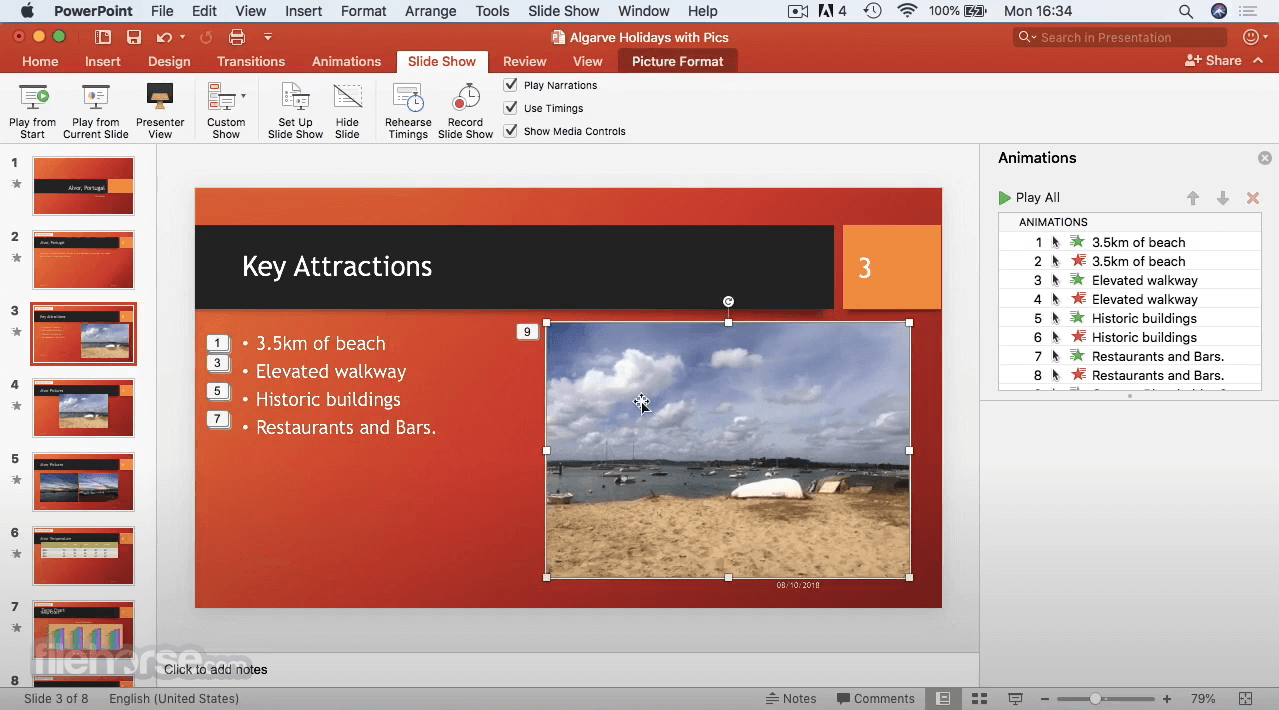- Your hard drive contains millions of files. Both your personal files such as documents, photos or music files, but also system files that your Mac needs to operate properly. If all these files were in the same place, it would be very hard for you to find your stuff, right? It would be one gigantic pile of files. That’s why we have folders.
- The equivalent of Windows Explorer on a Mac is the Finder app. Finder is a file manager and it does everything that explorer does: browse folders, search, copy and delete files and folders, start applications and so on. This article explains how to configure the Finder to behave like Windows Explorer. Are there any alternatives to Finder?
- Popular open source Alternatives to File Explorer for Windows, Linux, Mac, Xfce, BSD and more. Explore 25+ apps like File Explorer, all suggested and ranked by the AlternativeTo user community. List updated: 4:45:00 PM.
In this weeks post of the Switching to a Mac from Windows series I would like to show you all how the Windows Explorer and the Mac Finder are alike. When someone makes the switch from using a Windows computer to using a Mac they will undoubtedly find themselves getting confused by the Finder. It does not need to be this way and in this post I will show you how to work with your files and folders on both platforms.
Top Best File Manager for Mac - Commander One #3. Top Best File Manager for Mac - Path Finder #4. Top Best File Manager for Mac - ForkLift. File managers are made for you to be able to enhance the performance of your Mac. And having disorganized files or those large and old files that you have on your Mac does not only makes your Mac run slow. When you sort files in the Windows File Explorer, folders float to the top of the pile. On MacOS, they are mixed in with files. But you do not need to download an app if you prefer the way Windows.

For help with this post I have enlisted the help of one of my team members hear at Fedora Outlier DaMashe, who is a Windows expert and he has written up the following about Windows Explorer.
Windows Explorer
Windows File Explorer Macro
The default method for accessing files on your windows machine is by using the windows explorer. Windows explorer is where you find yourself when browsing your user folder, the computer window, and even the control panel is displayed in a windows explorer window.
Pressing windows key+e will open the windows explorer, as well as opening any of your start menu or desktop shortcuts that point to different locations in windows, such as your documents folder. Within the explorer, you can move through your computer’s hard drive as well as any external storage devices. You can launch applications that are installed on your machine and open files in there designated application. For example, browsing to a .docx file and pressing to open it will launch Microsoft word with the chosen document opened.
The explorer can also be used to move files and delete files. You can copy a file to a new location, move it to a different location or delete a file. The explorer also allows you to move, copy, delete, and rename folders.
There is an ever-present menu bar available in the explorer. The file menu gives you several options such as the new submenu, which allows for creating a new folder, new desktop shortcut etc. You also have the send submenu, which allows for sending the selected item as an email attachment and a few other options, depending on your hardware.
The windows explorer also is the place to locate and compress or decompress a file or folder. To access more options not found on the menu bar, it is necessary to perform a right mouse click on a selected item. To do so, select an item, press jaws key+jaws cursor to route the jaws cursor to the pc cursor. Then press the designated right mouse button, and you are presented with a context menu with such options as open, open with, which allows you to select another application other than the default one associated with the file, and the option to unzip a file if it is a .zip archive.
The windows explorer is simple yet powerful and is an essential part of using you windows machine. I will add a cautionary note here, do not delete, move, or in any other way modify any of the files or folders in the windows or program files folders as it could do harm to your machine.
You are now ready to use the windows explorer to explore your files and folders with more confidence and control.
File Manager Like Windows Explorer For Mac
Mac Finder
Now let me talk to you about the Finder on a Mac.
Much like Windows Explorer, the Mac Finder is what you use on a Mac to work with all of your files and folders.
The Finder is always running and when you need to work with it you will find it in your Dock at the bottom of your screen. Don’t worry if you don’t know what the Dock is because in the next post I will go into more detail about it.
When you want to work with a folder on your Mac you can simply press the shortcut key for a new Finder window which is: Command plus N.
Now that you have opened a new Finder window you need to tell your computer what you wish to do. You can do this in any number of ways. First, you can go to the Finder Sidebar and navigate to the category that you wish to view, or you can use one of the many keyboard shortcuts to quickly open a specific part of the Finder.
For instance, if you would like to go to your Documents folder you would press Command, Shift O. This will open your Documents folder.
If you wanted to go to your Downloads folder you would press Command, Option, L.
At this point you are probably wondering, “How do I move my files around with the Finder”?
To move a file in a Finder window you just need to navigate to the file and then you can move it by copying it to the clipboard by pressing Command plus C, or you can perform a drag and drop by pressing the Voice Over command for doing this. The command is Control, Option plus the comma key. When you do this Voice Over will say “item marked for drag and drop”.
Next navigate to where you want to move the item and then press Control, Option plus the Period key. It is important for me to let you know that I have not been able to get this method to work consistently but this may be do to operator error. In the few times that I have gotten this to work it is a very cool way of moving files around in the Finder.
Another way to move files and folders with the Finder is to do a copy and paste. you do this by first focussing Voice Over on the file or folder that you want to move, and then press the command to copy the item to the clipboard. This command is Command plus C.
Then just go to the Finder window where you would like to move the item and press the command for pasting the item. This command is Command plus V.
This is only one example of moving your files and folders around with the Finder, but what if you want to rename a file or folder?
To rename an item simply focus Voice Over on that item and press the Return key. Note: on the Mac the Return is the same as the Enter key on a Windows computer.
After pressing Return the name of the item becomes an active edit field and all that you need to do is type in the name and press Return.
You might at this point be wondering if I press Return to rename an item then how do I open a file or folder?
There are a couple of ways to open items on a Mac. The first way is to focus Voice Over on the item and then press Command plus O. Another way is to focus on the item and then press the Voice Over modifier which is Control plus Option followed by the space bar. This is the command for clicking on an item with Voice Over.
I have only shown you how to do a couple of things with the Mac Finder, but there are many more uses to it that would make this post seem like you were reading War and Peace.
I just want those of you who are contemplating making the switch from a Windows computer to a Mac to know that there are many ways that the two platforms are alike. There is no reason to get yourself all upset if at first you feel over whelmed when making the switch. After all, when you first started using Windows all those years ago I am sure that you needed to learn how to use it, and when you switch to a whole new operating system such as the one on a Mac there will be a learning curve.
If you are making the switch and need some one on one teaching in order to get you more comfortable with using a Mac please check out our services page to find a solution that meets your needs.


